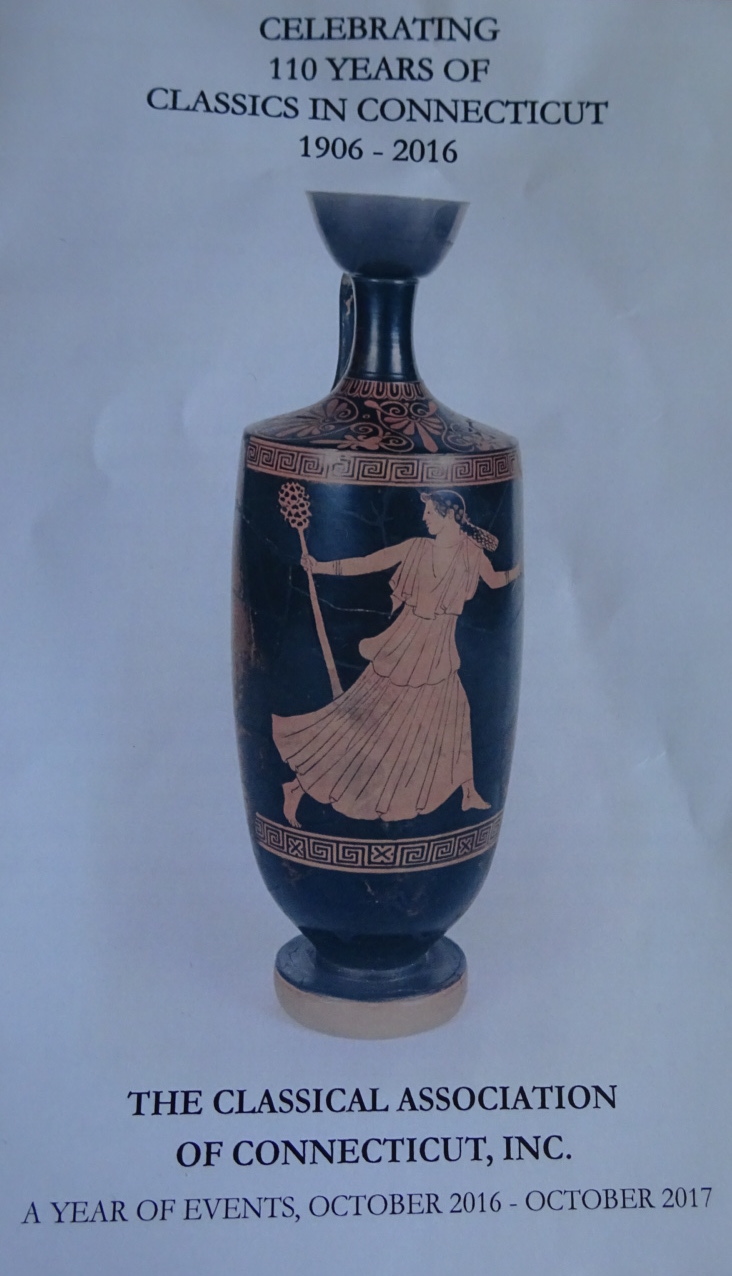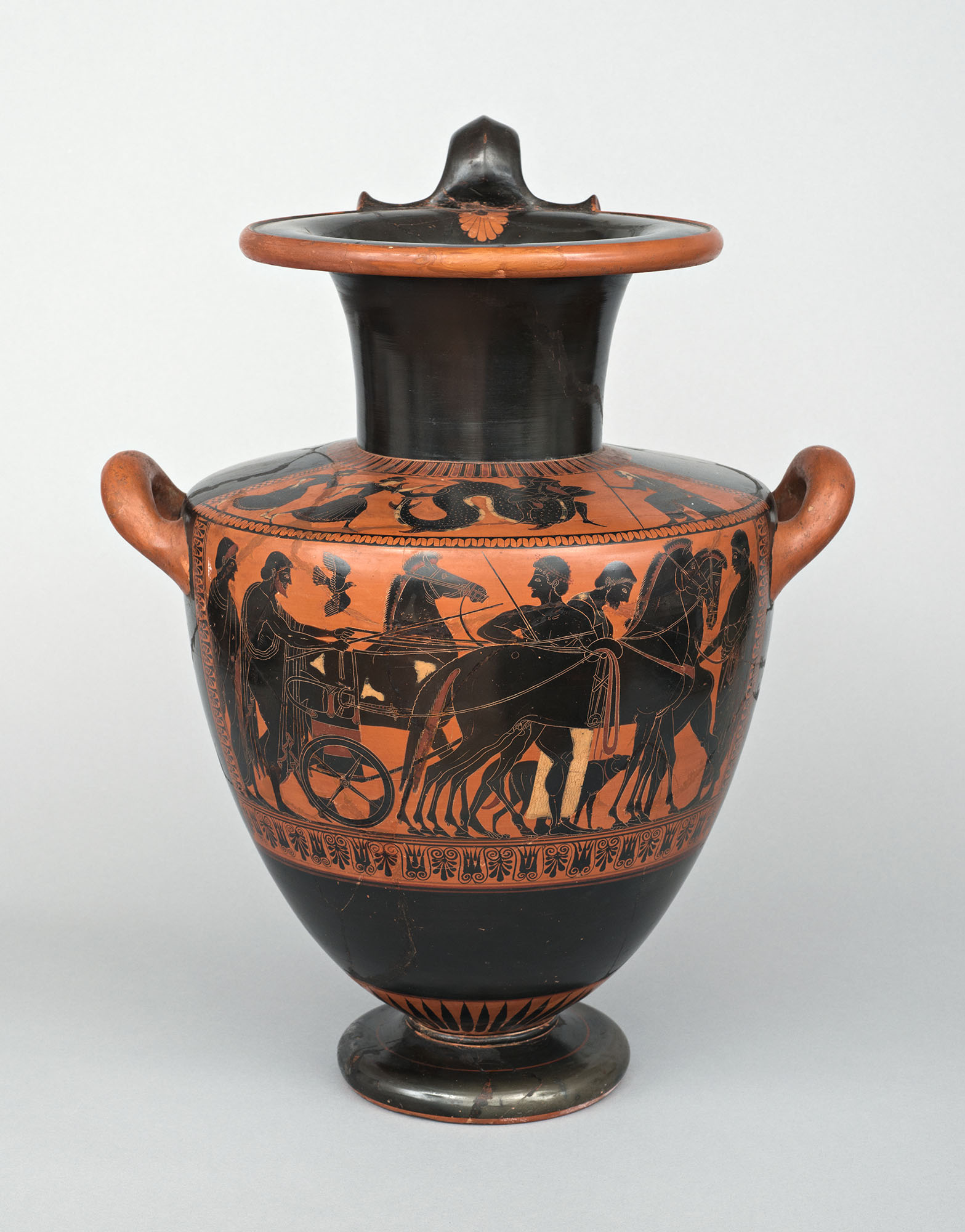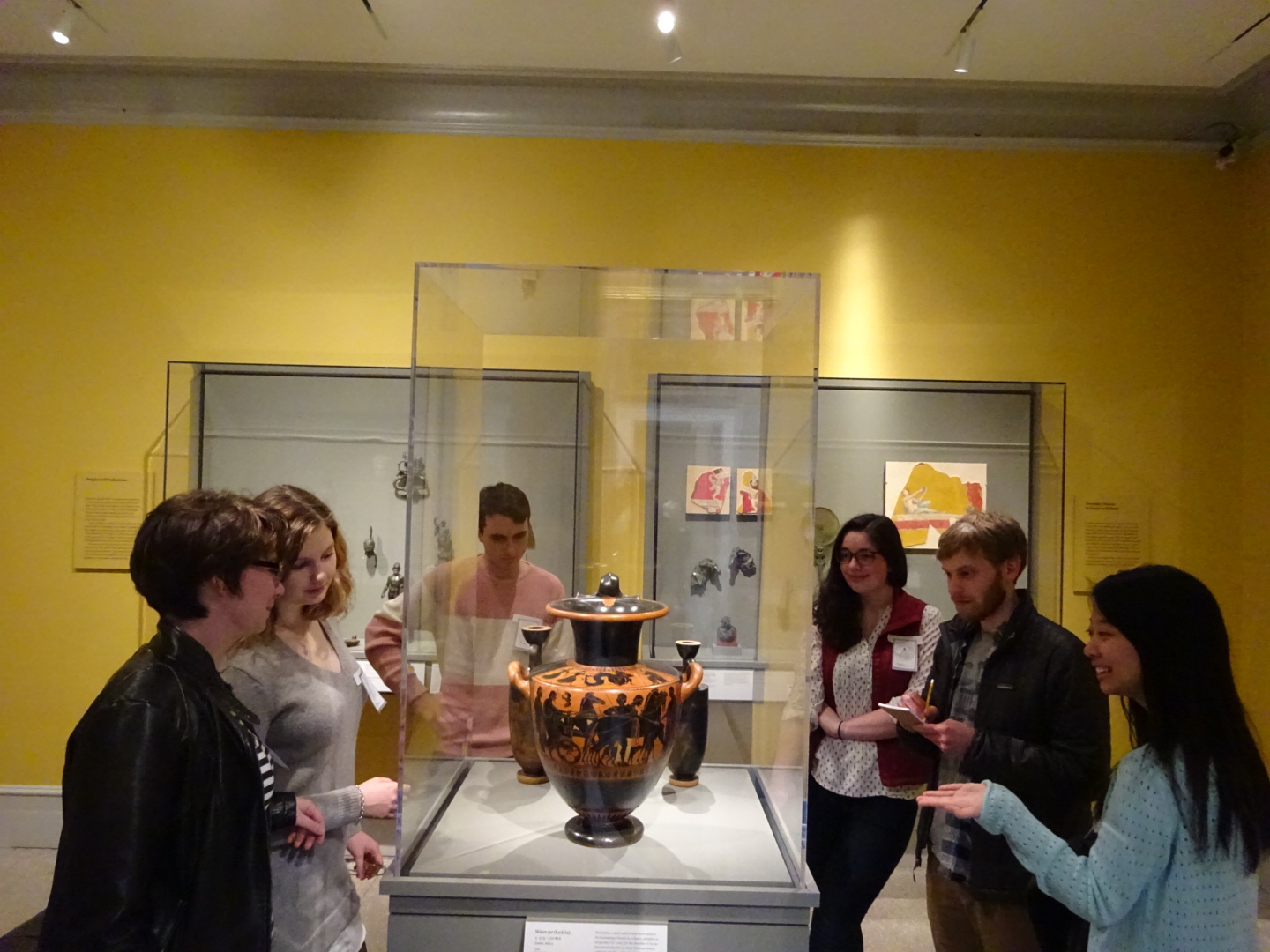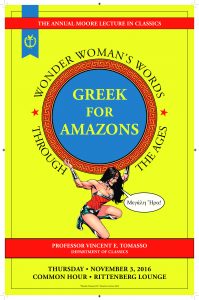 On December 8th 2016 seniors in Trinity’s department of Classics presented the fruits of their research that they conducted in Dr. Gary Reger’s senior seminar.
On December 8th 2016 seniors in Trinity’s department of Classics presented the fruits of their research that they conducted in Dr. Gary Reger’s senior seminar.
1. Caroline Mann on the depiction of leaders in antiquity and at the present moment.
2. Grace Gill on racism in antiquity.
3. Olivia Gibson on Italian dictator Mussolini’s use of the ancient Roman practice of the triumphal procession.
4. Joy Kim on elite Roman women in the public sphere.
5. Matthew Reichelt on the interactions between native cultures in Babylon and Uruk and Greek culture in the Hellenistic period.
6. Maura Griffith on the use of Latin in the nomenclature of a species of algae in the early nineteenth century.
Great job, everyone!













